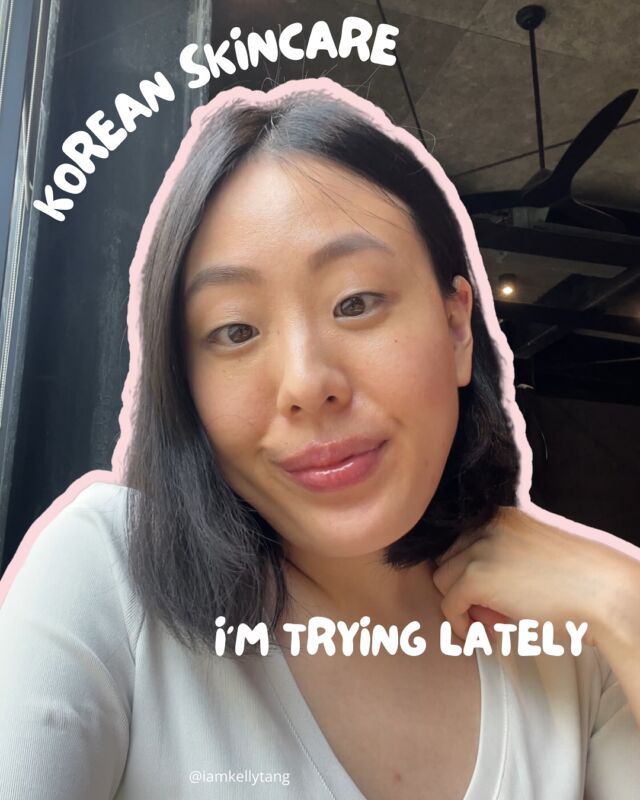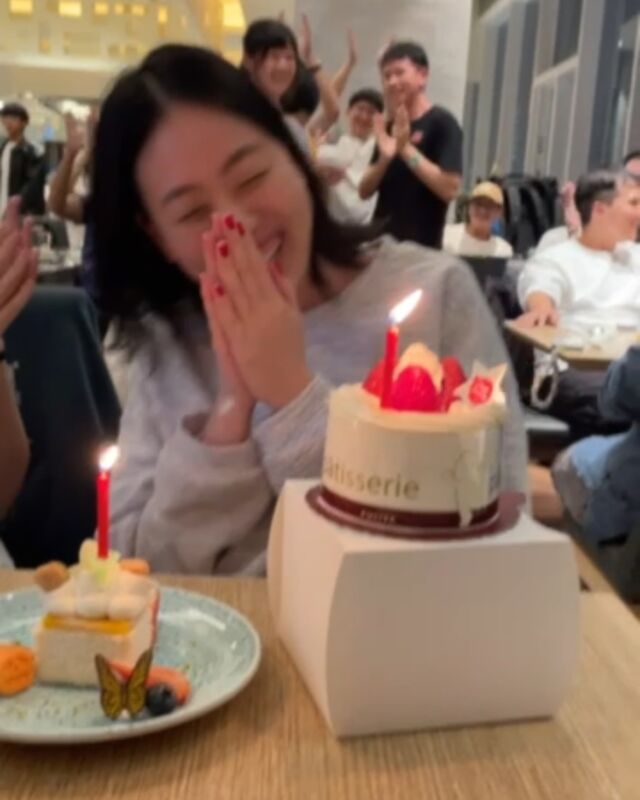Acupressure is a traditional Chinese medicine technique that involves applying pressure to specific points on the body. These points are believed to be connected to energy channels, or meridians. By stimulating these points, acupressure is said to promote healing and balance the body’s energy flow. It’s similar to acupuncture but it doesn’t need any needles (which is a huge relief if that freaks you out).
By applying pressure to these points, it is thought that you can help to improve your health and well-being. Acupressure is a safe and effective way to relieve pain, reduce stress, and improve your overall health. It is a simple technique that can be easily learned and practiced at home. This is not medical advice, but another holistic, and wellness tool that you can add into your tool box.
What is Acupressure?
Acupressure is a type of bodywork therapy that originated from Traditional Chinese Medicine (TCM) and is based on its principles. TCM believes that the body’s health is dependent on the free flow of qi (pronounced “chee”), which is a vital life force. When the flow of qi is blocked, it can lead to illness and disease.
Acupressure is used to unblock the flow of qi by applying pressure to specific points on the body. These points are located along the body’s meridians. By stimulating these points, it is thought that you can help to restore the balance of qi and improve your health.
What is the difference between acupressure and acpuncture?
Both acupressure and acupuncture are rooted in the same principles of Traditional Chinese Medicine (TCM), but they differ in their methods. Acupuncture uses thin needles inserted into specific acupoints, while acupressure applies pressure to these points using fingers or thumbs. Acupressure is non-invasive and more easily accessible, making it a more approachable option for many.
What are the Benefits of Acupressure?
Acupressure has been shown to be effective for a variety of health conditions, including:
- Pain relief
- Stress reduction
- Improved sleep
- Improved digestion
- Boosted immune system
- Weight loss
- Improved fertility
- Improved mental health
How to Get Started with Acupressure
Acupressure is simple and easy to do at home. All you need are your fingers and a basic understanding of the pressure points.
To find an acupressure point, gently press and feel around the area with your fingers. The point may feel tender or sore, but sometimes you might not feel much sensation at all. Once you’ve located the acupressure point, apply firm but gentle pressure using your finger or thumb for 1-2 minutes. If you’re just starting out, try pressing for shorter intervals, like 30 seconds, several times throughout the day. Over time, you can gradually increase the duration. Take deep breaths and relax as you apply the pressure.
In addition to using your hands, you can try tools like a shiatsu ball, an acupressure mat, or an acupressure pen to target points more precisely. For more in-depth guidance, there are plenty of books, acupressure maps, and online resources available that can teach you more advanced acupressure techniques.
Acupressure for Beginners
There are over 400 acupoints you can use for acupressure. It can seem a little bit overwelming if you’re not sure where to start. Here are 5 of the most popular and effective points for beginners:

Shenmen (HT7 – Heart 7)
Location: On the inside of the wrist, at the crease, in line with the little finger.
Use: Commonly used in acupressure for anxiety, to calm the mind, relieve anxiety, and promote better sleep. This point is great for acupressure for stress relief and emotional balance.

Hegu (LI4 – Large Intestine 4)
Location: On the back of the hand, in the webbing between the thumb and index finger.
Use: Widely used in acupressure for headaches, toothaches, sinus congestion, and general pain. This point is also helpful for acupressure for stress relief.

Neiguan (P6 – Pericardium 6)
Location: Three finger widths (cun) above the wrist crease, between the two tendons on the inside of the wrist.
Use: Known for its effectiveness in acupressure for nausea, motion sickness, sleep, and anxiety. It’s frequently used to ease stomach discomfort and calm the mind.

Taichong (LV3 – Liver 3)
Location: On the top of the foot, in the hollow between the big toe and the second toe, about two finger widths back from the webbing.
Use: Helpful in acupressure for migraines, headaches, eye strain, and stress. It’s also used to regulate liver qi and address emotional imbalances.

Sanyinjiao (SP6 – Spleen 6)
Location: Four finger widths above the inner anklebone, on the inner side of the leg.
Use: A versatile point in acupressure for menstrual cramps, lower back pain, fatigue, and digestive issues. It also supports overall energy and balance.
How to Measure Acupressure Points
In TCM, a cun is a unit of measurement based on the width of your own body parts, such as your thumb or fingers. This makes it easy to find acupressure points on your body. For example:
- 1 cun is roughly the width of your thumb.
- 2 cun is about the width of two fingers (index and middle fingers together).
- 3 cun is about the width of three fingers.
Using this method ensures you can find the right spots on your own body with accuracy.
How to Apply Pressure to Acupoints
To apply pressure to acupoints, use your thumb or index finger, or if you prefer an acupressure pen. Press firmly, but not too hard—you want to feel the pressure, but it shouldn’t be painful. Hold the pressure for 30 seconds to one minute, and repeat several times a day as needed. Be sure to work on one point at a time and always treat both sides of the body.
Acupressure Tips
- Use massage oil or cream: This can reduce friction and make the massage more comfortable. You can also add in essential oils with your lotions.
- Start with gentle pressure: Gradually increase pressure as you become more comfortable with the technique. Sometimes soreness may occur.
- Listen to your body: If you experience any pain or discomfort, stop and ease off the pressure.
- Be patient: Regular practice is key. It may take several weeks to notice results.
- Incorporate it into your routine: Acupressure is most effective when it’s consistent. Try adding it into your daily routine—either before bed or when you wake up.
Is Acupressure Safe?
Acupressure is generally considered a safe and effective form of therapy. However, it should not be used as a substitute for medical treatment. If you have any serious health conditions, it’s important to consult your doctor before starting acupressure.
Safety Tips for Acupressure
While acupressure is a safe form of self-care, there are a few safety precautions to keep in mind:
- Do not apply pressure to acupoints over areas with injuries, infections, or open wounds.
- If you are pregnant or have a medical condition, talk to your doctor before practicing acupressure.
- If you experience any pain, discomfort, or unusual symptoms while applying acupressure, stop immediately and reassess the pressure or consult a professional.
Frequently Asked Questions
How does acupressure work?
Acupressure works by stimulating specific points on the body’s meridians, which are energy pathways according to Traditional Chinese Medicine. By applying pressure to these points, acupressure helps restore the flow of energy (qi), promoting balance and the body’s natural ability to heal itself.
Is acupressure effective?
Acupressure has been used for thousands of years and is believed to be effective for a variety of conditions, such as reducing stress, alleviating pain, and promoting relaxation. While individual results may vary, many people find relief with regular practice.
How often should I do acupressure?
You can practice acupressure as often as needed, depending on your condition and goals. For some, daily sessions may provide the most benefit, while others may only need occasional treatments.
How long does it take to see results from acupressure?
It may take several weeks of consistent practice before you notice significant improvements. However, some people report feeling immediate relief after a session, especially for stress and tension
Can I do acupressure while pregnant?
It’s best to consult your doctor before starting acupressure during pregnancy. Certain acupoints are thought to influence labor or affect the body in ways that should be monitored by a healthcare provider
Can I do acupressure if I have a medical condition?
If you have a medical condition, it’s important to consult your doctor before starting acupressure. While it is generally safe, some conditions may require special precautions or modifications.
Conclusion
Acupressure is a safe and effective way to support your health and well-being. It’s a simple technique that can be easily learned and practiced at home, making it accessible to anyone. Remember, acupressure is just one tool in maintaining a healthy lifestyle, so it’s important to pair it with balanced habits and self-care. If you’re interested in getting started, a great place to begin is by learning about the Four Gates acupressure points and how to apply them.





